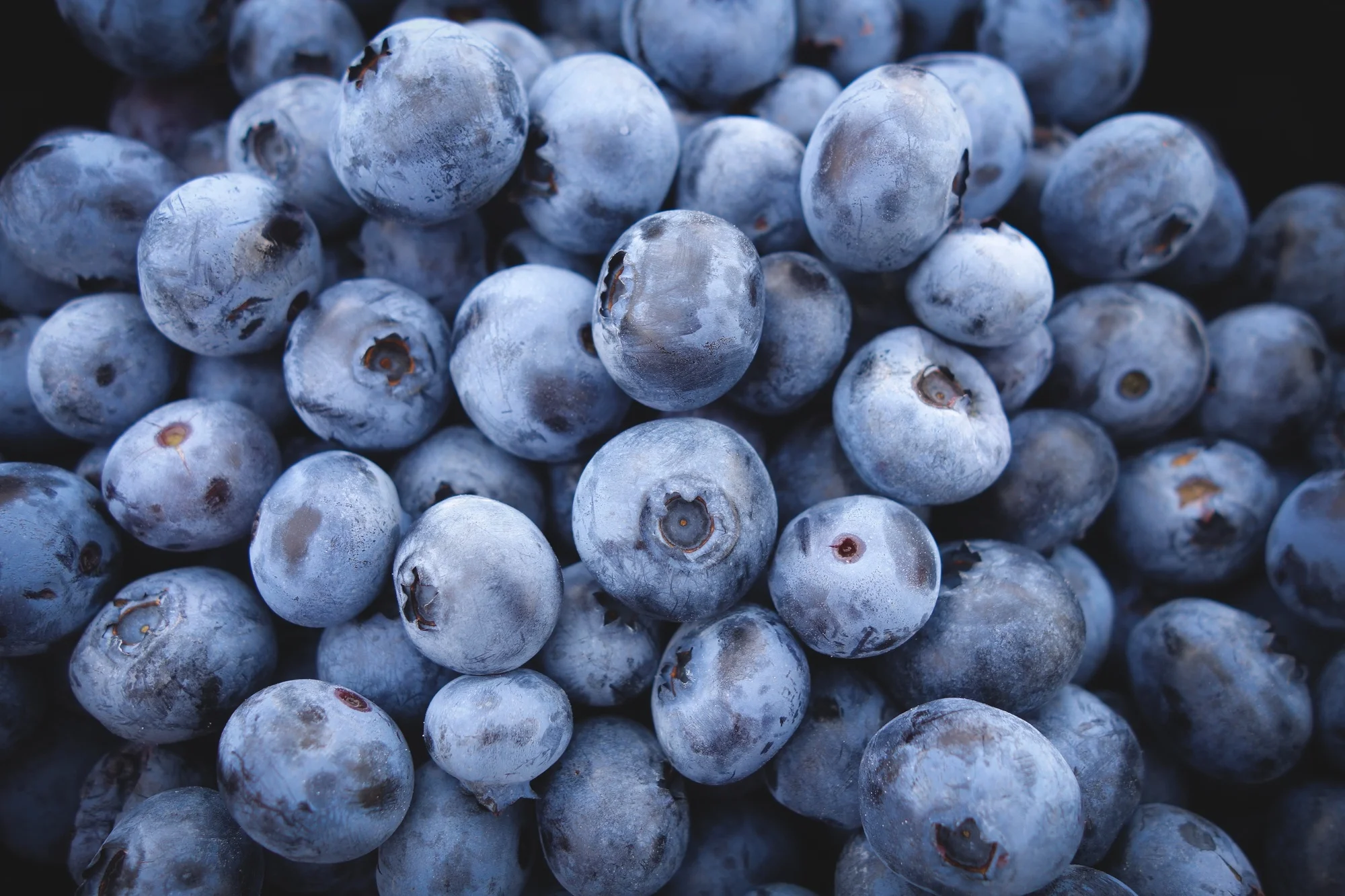Fall's Best Fruit and Vegetables
/Move over, pumpkin! Summer may be over, but these fruits and veggies are at their peak as temperatures cool. Instead of being plucked half-ripened and shipped across the country, seasonal produce spends longer on the vine or tree and can be harvested when it’s ready, giving it a boost in both flavor and nutrition (and it may even be easier on your wallet too). Here are our top picks for your fall grocery list!
APPLES: You’ve heard the old adage - “An apple a day keeps the doctor away”, but what makes apples so special? Apples are high in cold fighting vitamin C, belly filling fiber, and antioxidants. They’ve been linked to reduced risks of cancer, asthma, diabetes and heart disease. Unfortunately, apples regularly make the “Dirty Dozen” list - the Environmental Working Group’s list of produce with the most pesticides. Since many of the health benefits are found in the peel, choose organic apples or grab your friends and pick your own. To serve, crunch into a raw apple, spread on some nut butter, or bake an apple crumble.
BEANS: Like all beans, shell beans are high in fiber, protein, B vitamins and other important minerals which can help decrease the risk of diabetes, heart disease, cancer and weight gain. While you can get canned garbanzo, black and fava beans all year long, fresh shell beans are creamier and sweeter than dried beans and cook faster. Look for them at your local farmers market in late summer and autumn. Try them as sides, in soups, or puréed into a spread.
BEETS: This root vegetable is known for its deep rich ruby color and an earthy flavor that turns mellow and sweet when cooked. Have a marathon coming up? People who drink beet juice before an intense workout can keep going 16% longer. Beets are high in nitrates, which helps lower blood pressure, and they’re rich in betaines, antioxidants that lower inflammation and can help fight off cancer. Try beets raw on salads or added to a juice, or roast and sprinkle with walnuts and vinaigrette. Don’t forget the greens, which can be sauteed or steamed.
BRUSSELS SPROUTS: One serving of brussel sprouts has all the vitamin K you need for the day, which helps lower inflammation and supports bone growth and the cardiovascular system. They also are filled with glucosinolates, which are potent cancer fighters. Make sure to not overcook brussel sprouts - they will lose their nutritional value and start to smell like rotten eggs. Instead, drizzle with oil, cut an “X” into the core, and roast or try quickly steaming until tender. Sprouts still on the stalk, and not precut, will be fresher and last longer.
CABBAGE: Like Brussels sprouts, cabbage is cruciferous vegetable that is high in sulfur containing compounds, which help protect against cardiovascular disease, diabetes and many types of cancer. Cabbage becomes sweeter when it is harvested in cooler weather and it is also considered one of the most budget friendly veggie buys. Try steamed, sautéed, or chopped into a salad.
CRANBERRIES: Cranberries are high in vitamin C and fiber, but they also have an a wide array of different types of phytonutrients that help them protect against UTIs, lower inflammation, fight cancer and support a healthy heart. Cranberries can be very tart, so try adding them into other things to add flavor without having to drown them in sugar. Mix into fruit salads, toss a few into a smoothie, or blend into a cranberry relish.
ONIONS: While onions are available from storage all year long, most are harvested in late summer through the fall. Onions are high in biotin, which helps keep hair, skin and nails strong and healthy, and also helps rev up metabolism. Onions have a rich array of phytonutrients, including quercetin, that help lower cholesterol, reduce the risk for many types of cancer, and lower inflammation. Onions add depth and flavor to many dishes. To get the best nutrition try to peel as little of the outer layer as possible to avoid removing too many antioxidants.
PEARS: This delicate fruit is at its peak beginning in late summer through fall. Pears are rich in vitamin C, blood and bone building copper and filling fiber. Make sure to buy organic and eat the skin, as a lot of the antioxidants and fiber in pears are found there. Pears ripen quickly, so watch them carefully to get the ultimate juicy bite, or pears that are not fully ripened can be poached for a delicious treat.
PARSNIPS AND TURNIPS: These root vegetables are high in fiber and vitamin C, to help ward off the season’s bloat and colds. They are also apart of the cancer fighting cruciferous family, like Brussels sprouts, cabbage and cauliflower. Try tossing parsnips, turnips, and carrots in a bit of oil and roasting to bring out their sweet flavor.
RASPBERRIES: These lush little berries are harvested beginning in mid summer and all the way until the first frost. One cup of raspberries contains a whopping 8 grams of fiber, or just about a third of the fiber needed a day for an adult, and only 65 calories, making them a sweet and filling treat. Raspberries are also full of antioxidants, which have a wide range of benefits including reducing the risk of diabetes, obesity and fatty liver disease. Try on top of yogurt, tossed into smoothies or whipped into a vinaigrette.
WINTER SQUASH: There’s more to winter squash than just pumpkin pie! Winter squash comes in all sorts of shapes and sizes, and they are sweeter and more vividly hued than their summer counterparts. A few common varieties are acorn, butternut, spaghetti squash and of course pumpkin, all of which can be roasted and served as a side or pureed into soups. Many are rich in vitamin A and carotenoids, antioxidants that are beneficial for your skin, vision, and immune system. Try roasting the seeds, which contain protein, fiber, and oodles of other good for you vitamins and minerals.





